
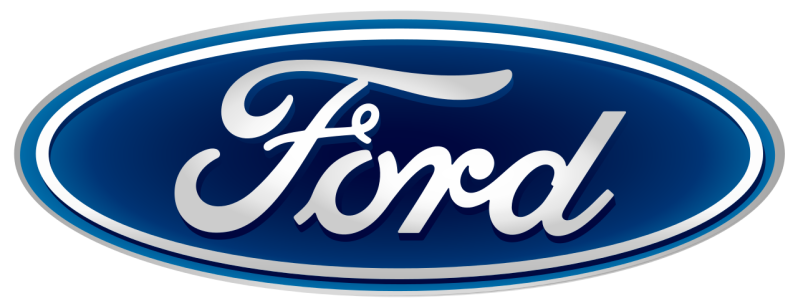
Ford Motor Company – named after its founder, Henry Ford, who introduced automobile mass production in 1914.
Ford Motor Company is a multinational automaker that has its main headquarter in Dearborn, Michigan, a suburb of Detroit. It was founded by Henry Ford and incorporated on June 16, 1903. The company sells automobiles and commercial vehicles under the Ford brand and most luxury cars under the Lincoln brand.
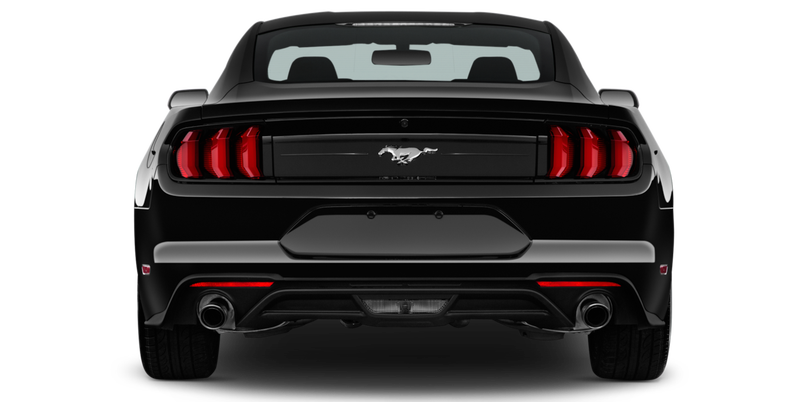

Headquarters Dearborn, Michigan, United States , 1903-now


thunderbird

The first generation of the Ford Thunderbird is a two-seat convertible produced by Ford for the 1955 to 1957 model year, the first 2-seat Ford since 1938. It was developed in response to the 1953 Motorama display at the New York Auto Show, which showed the Chevrolet Corvette.
The Thunderbird proved more suited to the American market than the Corvette, with sales of 16,155, versus 674 Corvettes in 1955.
The 1957 Thunderbird was the last two-seater Ford sold until the 1982 Ford EXP sport compact car.

taunus

The Ford Taunus is a family car that was sold by Ford Germany throughout Europe. Models from 1970 onward were built on the same basic construction as the Ford Cortina MkIII in the United Kingdom, and later on, the two car models were essentially the same, differing almost only in the placement of the steering wheel. The model line was named after the Taunus mountain range in Germany, and was first made in 1939, and continued through several versions until 1994.
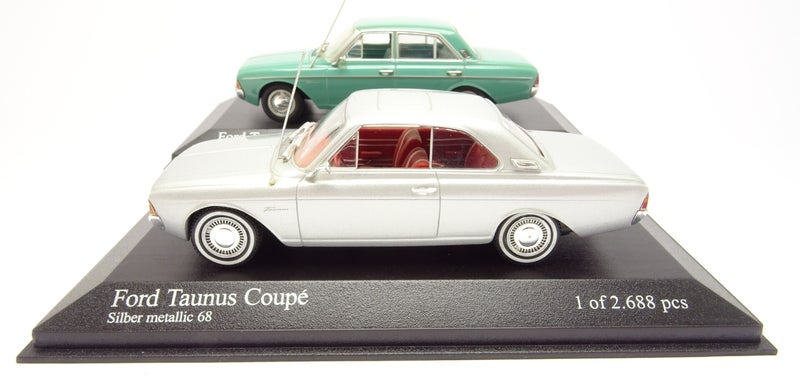

set of p5 saloon & coupe Ford Taunus P5 Saloon & Coupe
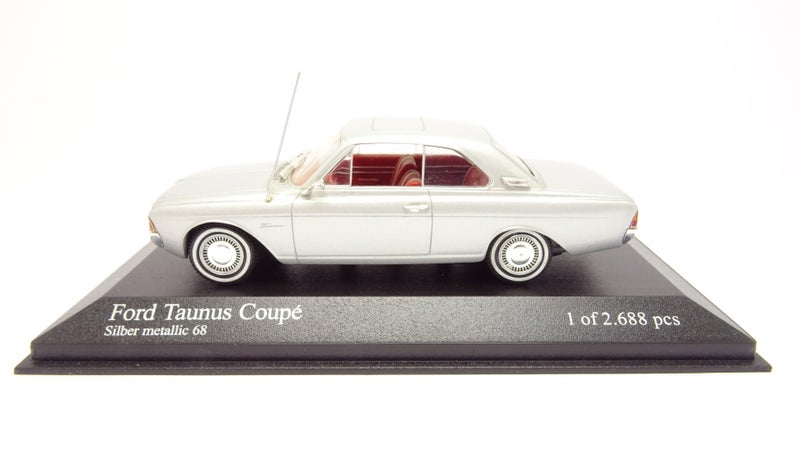

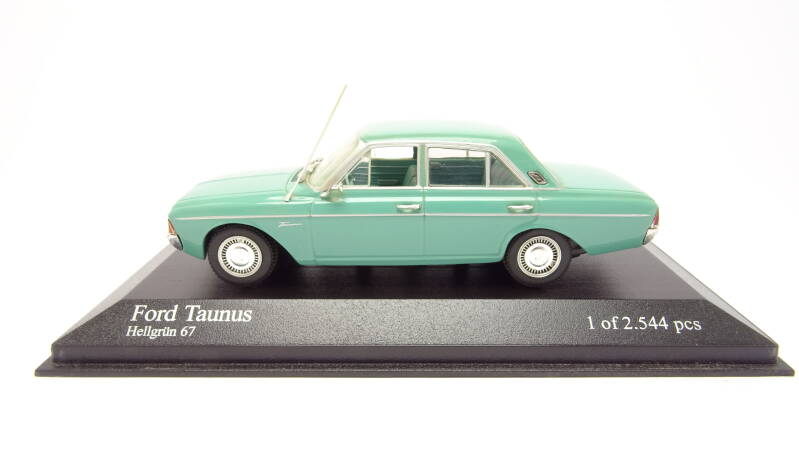

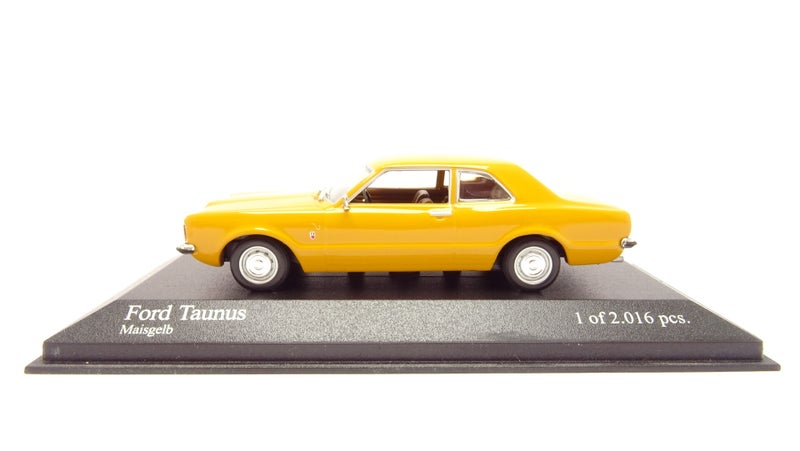




mustang

The Ford Mustang is a series of American automobiles manufactured by Ford. In continuous production since 1964, the Mustang is currently the longest-produced Ford car nameplate. Currently in its sixth generation, it is the fifth-best selling Ford car nameplate.
Originally predicted to sell 100.000 vehicles yearly, the 1965 Mustang became the most successful vehicle launch since the 1927 Model A. Introduced on April 17, 1964, over 400,000 units in its first year; the one-millionth Mustang was sold within two years of its launch.
Through its production, multiple nameplates have been associated with the Ford Mustang series, including GT, Mach 1, Boss 302/429, Cobra (separate from Shelby Cobra), and Bullitt.

set of mustang coupe and convertible https://www.youtube.com/watch?v=gafCdMwCkwI















bronco

The Ford Bronco is a model line of SUVs manufactured and marketed by Ford. The first sport-utility vehicle developed by the company, five generations of the Bronco were sold from the 1966 to 1996 model years.
Originally developed as a compact off-road vehicle using its own chassis, the Bronco initially competed against the Jeep CJ-5 and International Harvester Scout. For 1978, Ford enlarged the Bronco, making it a short-wheelbase version of the F-Series pickup truck.





escort

The Ford Escort is a small family car which was manufactured by Ford of Europe from 1968 until 2000.
The Escort was frequently the best selling car in Britain during the 1980s and 1990s. A total of more than 4.1 million Escorts of all generations were sold there over a period of 33 years.
The first use of the Ford Escort name was for a reduced specification version of the Ford Squire, a 1950s estate car version of the British Ford Anglia 100E.





capri

The Ford Capri is a fastback coupé built by Ford of Europe, designed by Philip T. Clark, who was also involved in the design of the Ford Mustang. It used the mechanical components from the Mk2 Ford Cortina and was intended as the European equivalent of the Ford Mustang. The Capri went on to be highly successful for Ford, selling nearly 1.9 million units in its lifetime. A wide variety of engines were used in the car throughout its production lifespan, which included the Essex and Cologne V6 at the top of the range.



mondeo

The Ford Mondeo I (first generation) is a mid-size car manufactured and marketed by Ford, beginning on 23 November 1992, with sales beginning on 22 March 1993. It is also known as the Mk I Mondeo; the 1996 facelift versions are usually designated Mk II. Available as a four-door saloon, a five-door hatchback, and a five-door estate, all models for the European market were produced at Ford's plant in the Belgian city of Genk. In December 1992, Autocar published a section on the Mondeo, and how it would conquer rivals.
Intended as a world car, it replaced the Ford Sierra in Europe, the Ford Telstar in a large portion of Asia and other markets, while the Ford Contour and Mercury Mystique replaced the Ford Tempo and Mercury Topaz in North America.
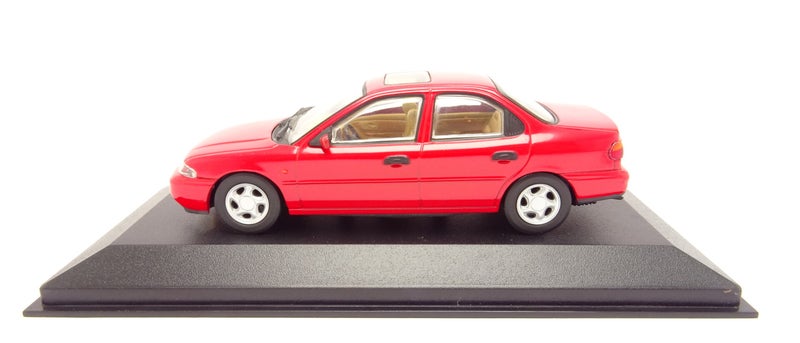




galaxy

The Ford Galaxy is a seven-seater car produced by Ford of Europe from June 1995 to January 2022. Considered in the motor industry to be a large multi-purpose vehicle (MPV), it was the first Ford-brand MPV produced and marketed outside of North America, the model line is currently in its third generation.
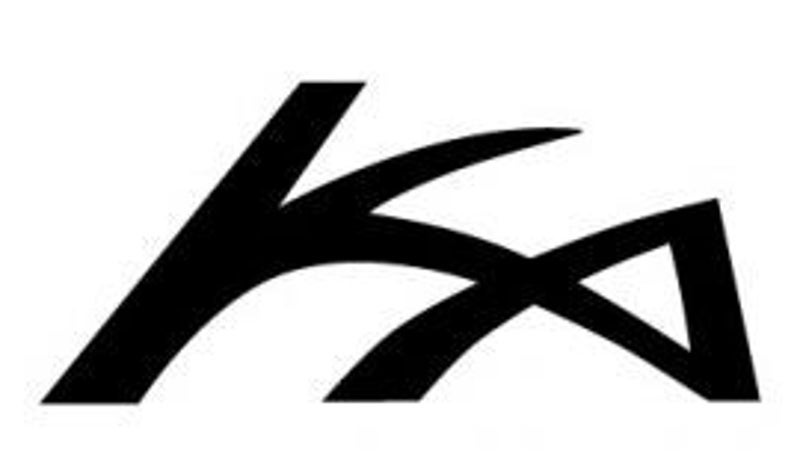
ka

The Ford Ka is a small car manufactured by Ford Motor Company from 1996 to 2016 as a city car and from 2014 to 2021 as a subcompact car. It entered its second generation in 2008, produced by Fiat in Tychy, Poland. A third generation was introduced in 2016.
The first two generations have a three-door hatchback body style, with the first generation also having a two-door convertible version that was marketed as the StreetKa and a sporty hatch version, the SportKa.

gt

The Ford GT is a mid-engine two-seater supercar manufactured and marketed by American automobile manufacturer Ford for the 2005 model year in conjunction with the company's 2003 centenary.
The GT recalls Ford's historically significant GT40, a consecutive four-time winner of the 24 Hours of Le Mans (1966–1969), including a 1-2-3 finish in 1966.
When the Ford GT was first announced, the demand outpaced supply, and the cars initially sold for premium prices and a few other early cars sold for as much as a US$100,000 over the suggested retail price.

set of gt in black and yellow https://www.youtube.com/watch?v=m8BvrFllIC0&ab_channel=thebiggarage







focus

The Ford Focus is a compact car (C-segment in Europe) manufactured by Ford Motor Company since 1999. It was created under Alexander Trotman's Ford 2000 plan, which aimed to globalize model development and sell one compact vehicle worldwide. The original Focus was primarily designed by Ford of Europe's German and British teams.











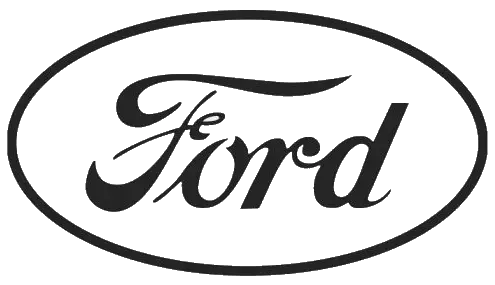

1903-1907
1907-1909
1909-1911
1911-1912
1912-1917
1917-1927
1927-1957

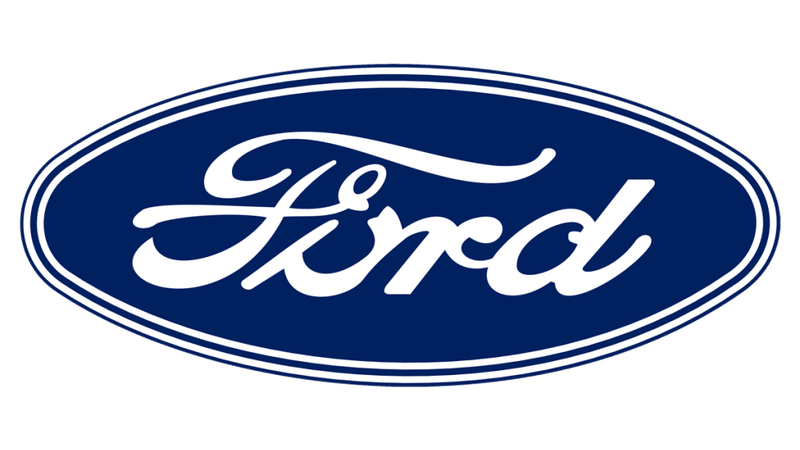

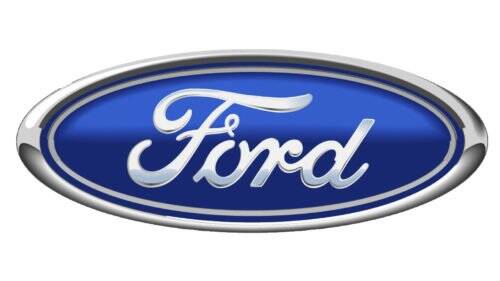


1957-1961
1961-1965
1965-now
1976-2003
2000-2003
2003-2017

























































Create Your Own Website With JouwWeb